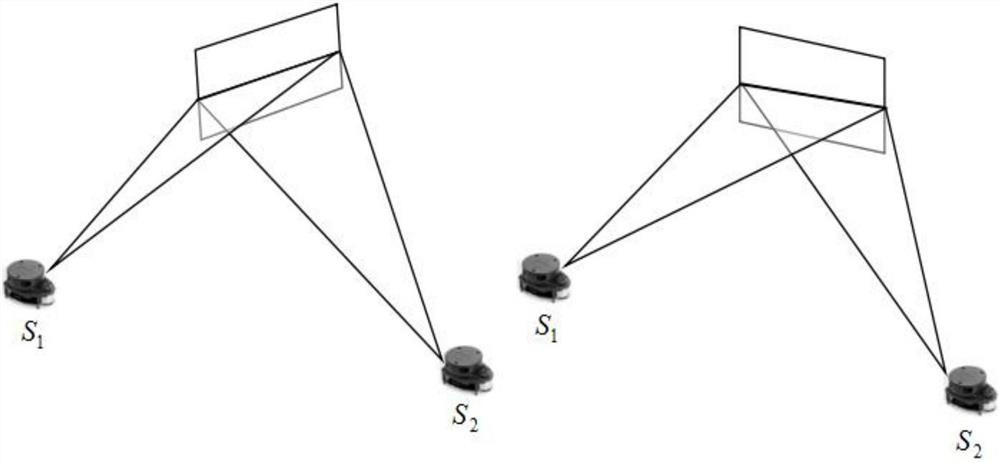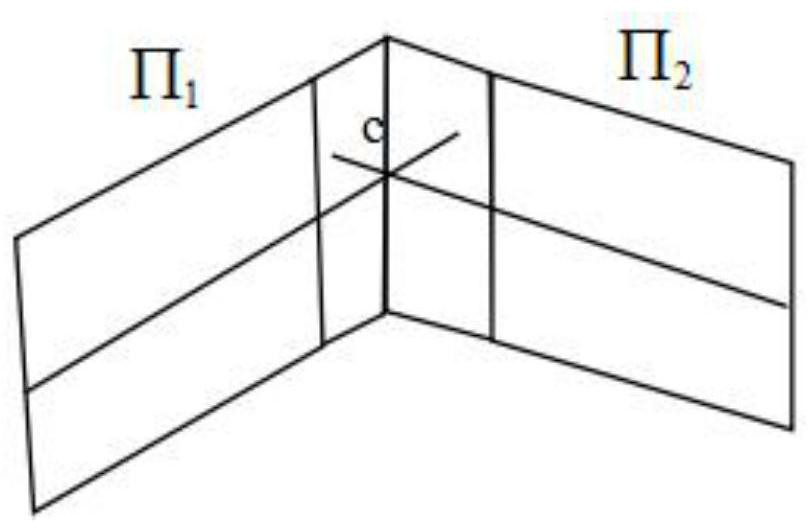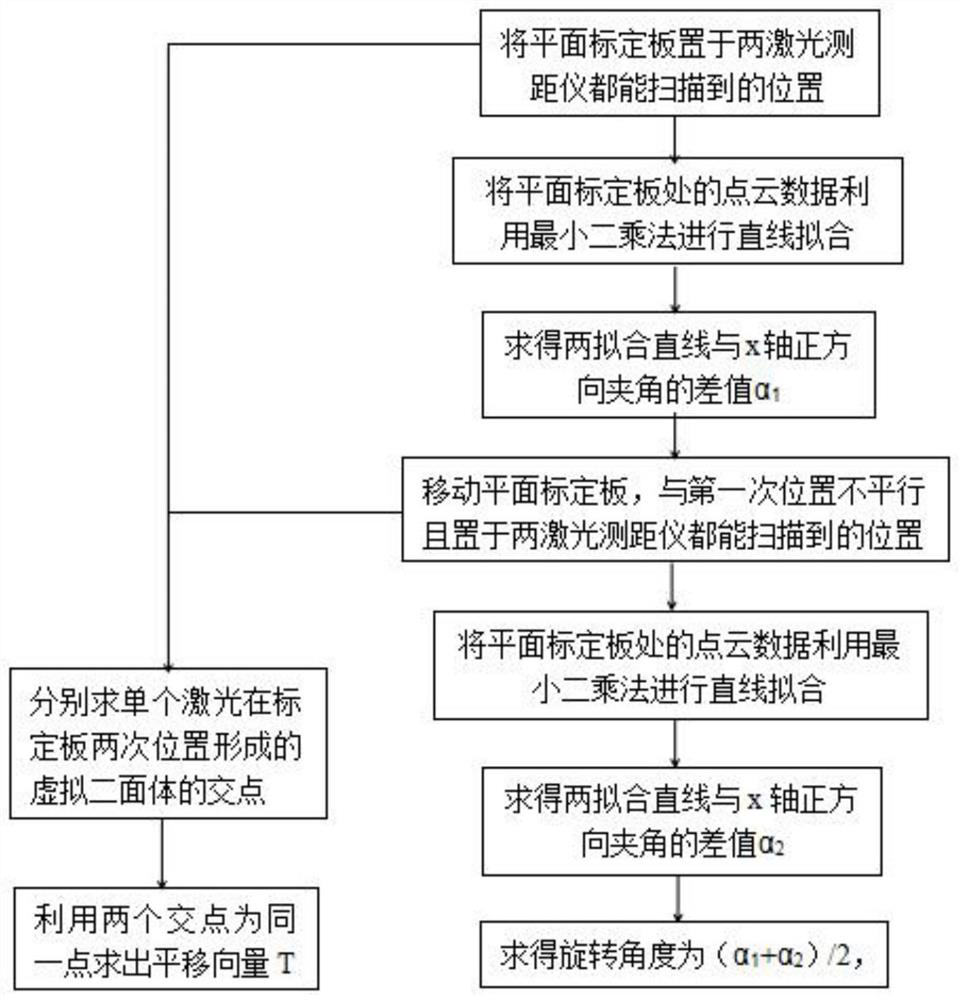A scene monitoring method based on two-dimensional laser range finder array
A laser rangefinder, two-dimensional laser technology, applied in the direction of instrumentation, 3D image processing, image analysis, etc., can solve the problems of reducing accuracy, difficulty in taking experimental points, increasing calibration error, etc., and achieve the goal of reducing misjudgment Effect
- Summary
- Abstract
- Description
- Claims
- Application Information
AI Technical Summary
Problems solved by technology
Method used
Image
Examples
Embodiment 1
[0079] In this embodiment, there are three two-dimensional laser rangefinders, and the laser rangefinders are installed at about 15 centimeters from the ground. 1 Placed at the bathroom entrance, S 2 Placed at the end of one side of the corridor, S 3 Press at the entrance of the stairs Figure 5 Make arrangements. S 1 , S 3 It is RPLIDAR A1 two-dimensional laser rangefinder, the scanning angle is 360 degrees, the angular resolution is less than or equal to 1 degree, and the longest scanning distance is 6 meters. S 2 It is a UXM-30LXH-EWA two-dimensional laser rangefinder, with a scanning angle of 190 degrees, an angular resolution of 0.125 degrees, and a maximum scanning distance of 120 meters.
[0080] The steps of the scene monitoring method based on the two-dimensional laser rangefinder array in this embodiment are as follows:
[0081] Step 1: Put the laser range finder S 1 , S 2 , S 3 Arranged on the same plane about 15 cm above the ground, this height can ensure...
Embodiment 2
[0112] This embodiment is a comparison test between the multi-point calibration method and the virtual dihedron-based multi-laser calibration method, and the comparison between the histogram method and the single Gaussian background modeling method. What needs to be solved in the calibration process is that the rotation vector and the translation vector have a total of six unknowns. Each corresponding point can provide two equations, so at least three corresponding points are required. In the experiment, a cylindrical calibration rod is used. The diameters of the cylindrical calibration rods are 1 cm and 1.5 cm respectively, and the point cannot be obtained by 1 cm. It is difficult to take a point at 1.5 cm, and it is intermittent (mainly because the scanning interval of RPLIDARA1 is not strictly 1 degree, and the scanning angle in each scanning cycle is not completely consistent). It is difficult to take a point. Six comparison experiments were carried out. The comparison sta...
PUM
 Login to View More
Login to View More Abstract
Description
Claims
Application Information
 Login to View More
Login to View More - R&D
- Intellectual Property
- Life Sciences
- Materials
- Tech Scout
- Unparalleled Data Quality
- Higher Quality Content
- 60% Fewer Hallucinations
Browse by: Latest US Patents, China's latest patents, Technical Efficacy Thesaurus, Application Domain, Technology Topic, Popular Technical Reports.
© 2025 PatSnap. All rights reserved.Legal|Privacy policy|Modern Slavery Act Transparency Statement|Sitemap|About US| Contact US: help@patsnap.com



